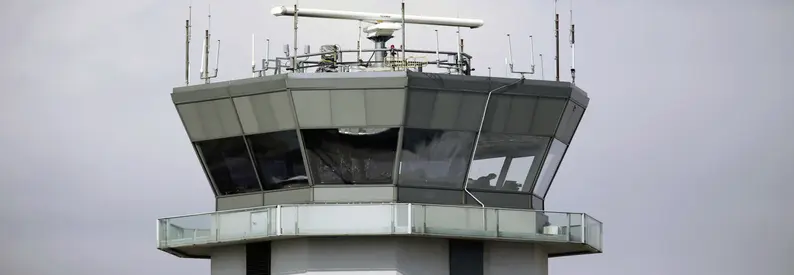Urgent Push for Upgraded U.S. Air Traffic Control

Aviation industry leaders and labor groups are once again urging U.S. lawmakers to expedite upgrades to air traffic control (ATC) systems and boost staffing levels. Their recent testimony before a House committee comes just a month after the deadliest U.S. air disaster since 2001, when an American Airlines regional jet collided with an Army Black Hawk helicopter near Ronald Reagan Washington National Airport, claiming 67 lives.
During the hearing, industry representatives highlighted that as air travel demand hits record highs, airlines continue to grapple with long-standing ATC shortcomings. According to Nick Daniels, President of the National Air Traffic Controllers Association, staffing levels have declined by about 9% since 2012. This shortage is increasingly evident as the soaring number of passengers places additional strain on the system, causing delays and operational challenges.
Transportation Secretary Sean Duffy announced last week that steps are underway to address these issues. The Trump administration has taken measures to increase air traffic controller staffing by raising starting salaries by 30% for new hires from the Federal Aviation Administration’s (FAA) academy. Despite these efforts, many in the industry believe more must be done to modernize U.S. ATC systems and adapt to the growing demand.
“Airlines are scrambling for newer, more efficient technology and more staff to keep up with soaring travel demand,” said one industry analyst. “The current supply chain and regulatory hurdles for new first- and business-class seat models are just one example of the broader challenges faced by our aviation system.”
Critics argue that recent cost-cutting measures are exacerbating the problem. President Donald Trump has tasked billionaire advisor Elon Musk with implementing cost reductions across the federal government. While these cuts have led to layoffs of about 300 FAA employees—though not including air traffic controllers—many fear that such actions demoralize the workforce and divert attention from critical modernization projects.
David Spero, President of Professional Aviation Safety Specialists, warned in his written testimony, “Blanket changes, indiscriminate dismissals or other arbitrary edicts will not help this country maintain the safest air traffic control system.” Spero stressed that these cost-cutting moves distract from the FAA’s primary mission to ensure the safety and effectiveness of the U.S. aviation system.
Meanwhile, Nick Calio, Head of Airlines for America—which represents major carriers like United Airlines, American Airlines, and Southwest Airlines—recommended a fresh approach. Calio suggested that government procurement practices be revised by leveraging “procurement experts from the private sector” or Musk’s so-called Department of Government Efficiency. He argued that this shift could help remove impediments to acquiring commercial products and services, ultimately aiding the FAA in upgrading its systems more swiftly.
The industry’s call for reform is clear: as domestic air travel continues to rebound, the need for a modern, robust ATC system becomes increasingly critical. Airlines, particularly full-service carriers with expansive international networks, had been a bright spot thanks to strong demand. However, analysts now anticipate that the emerging economic “soft patch” and continued staffing challenges may eventually weigh on demand, especially among price-sensitive travelers.
As lawmakers deliberate, the aviation industry remains hopeful that these calls for faster technology upgrades and increased hiring will soon translate into actionable changes, ensuring that the U.S. air traffic control system can meet the demands of a booming travel market while maintaining the highest safety standards.
Related News: https://suspicious-zhukovsky.67-21-117-18.plesk.page/category/air-travel-business/airline-finance/
